226.2ci L-head inline four-cylinder engine Single Schebler Model L carburetor 33 bhp Three-speed sliding gear manual transmission Four-wheel semi-elliptic leaf springs Rear-wheel mechanical drum brakes -Formerly in the Richard C. Paine Jr. Collection -Attractive sporting coachwork -Renowned Brass era Tour car The Model 30 The Model 30 was not the first four-cylinder Cadillac, but it was arguably the perfected four-cylinder Cadillac, setting a standard for quality, luxury, performance and price which positioned Cadillac for the century of leadership that followed. As any contemporary observer will quickly recognize the re-invention of Cadillac which the Model 30 represented was not the last time Cadillac would endure that wrenching metamorphosis. In 1910 Cadillac was only in its seventh year. It was still under the guidance of its founder, Henry Martyn Leland, and his son Wilfred, and had only five years before merged with Leland & Faulconer. It was in only its second year as part of William Crapo Durant's General Motors. The first Cadillacs were 10hp singles, with 2-speed planetary transmissions and chain drive. The marque's leadership came directly from Henry Leland's appreciation of the value of precision machining to consistent dimensions and negligible tolerances that permitted parts to be interchanged without the individual fitting which characterized most automobile manufacturing in the first years of the century. It was the 1907 Model K 98 cubic inch 10hp horizontal single-cylinder that established Cadillac forever in the forefront of engineering and manufacturing when the Royal Auto Club disassembled three of them, mixed the parts at random and then reassembled and ran them at Brooklands. It was called the Standardisation Test and Cadillac passed it with flying colors ("colours" to the RAC) which earned Cadillac the club's 1908 Dewar Trophy for the most important advance in automobiles that year. Cadillac introduced its first four-cylinder automobile in 1905, the Model D. Its arrangement of four individual cylinders with copper water jackets and unusual variable valve lift throttle system mimicked aspects of the successful Cadillac singles' design and construction. Its configuration was refined over subsequent years until in 1909 Cadillac realized the singles which had gotten it started were now a distraction from the rapidly evolving market which had come to expect greater refinement, size, reliability and power. In 1908 there had been five different models in Cadillac's catalog. Three of them were singles. Two were fours. A year later in 1909 there was only one, the Thirty. Rationalizing the catalog and streamlining production allowed Cadillac to improve quality and at the same time lower prices by a whopping 30%. That the Thirty met the expectations of the market is clear in its longevity. It remained the sole model in Cadillac's catalog for the next six years although the model designation changed and in 1913 an increase in stroke of 1 1/4" substantially increased displacement and brake horsepower even though the calculated rating stayed the same. Annual production went from 5,903 in 1909 to 15,018 in 1913 and 14,003 in 1914. In 1915 the Thirty and its progeny was superseded by the first Cadillac V-8, but the four had ensured its legacy, firmly placing Cadillac among the elite of American automobile manufacturers. The Motorcar Offered This 1910 Cadillac Model 30 Demi-Tonneau was acquired by Richard C. Paine, Jr. in the mid-60's from Dr. Samuel L. Scher. It was freshly restored at the time and had apparently never been shown. It is finished in the standard Cadillac color of the period, Royal Blue with black fenders, and is righthand drive, as all Cadillacs were until the advent of the V-8. The interior is upholstered in black leather, there is a full length black cloth top and a brass framed two piece windshield. Its Demi-Tonneau coachwork (called a Toy Tonneau by other marques) seats four in contrast with the 5-sea
226.2ci L-head inline four-cylinder engine Single Schebler Model L carburetor 33 bhp Three-speed sliding gear manual transmission Four-wheel semi-elliptic leaf springs Rear-wheel mechanical drum brakes -Formerly in the Richard C. Paine Jr. Collection -Attractive sporting coachwork -Renowned Brass era Tour car The Model 30 The Model 30 was not the first four-cylinder Cadillac, but it was arguably the perfected four-cylinder Cadillac, setting a standard for quality, luxury, performance and price which positioned Cadillac for the century of leadership that followed. As any contemporary observer will quickly recognize the re-invention of Cadillac which the Model 30 represented was not the last time Cadillac would endure that wrenching metamorphosis. In 1910 Cadillac was only in its seventh year. It was still under the guidance of its founder, Henry Martyn Leland, and his son Wilfred, and had only five years before merged with Leland & Faulconer. It was in only its second year as part of William Crapo Durant's General Motors. The first Cadillacs were 10hp singles, with 2-speed planetary transmissions and chain drive. The marque's leadership came directly from Henry Leland's appreciation of the value of precision machining to consistent dimensions and negligible tolerances that permitted parts to be interchanged without the individual fitting which characterized most automobile manufacturing in the first years of the century. It was the 1907 Model K 98 cubic inch 10hp horizontal single-cylinder that established Cadillac forever in the forefront of engineering and manufacturing when the Royal Auto Club disassembled three of them, mixed the parts at random and then reassembled and ran them at Brooklands. It was called the Standardisation Test and Cadillac passed it with flying colors ("colours" to the RAC) which earned Cadillac the club's 1908 Dewar Trophy for the most important advance in automobiles that year. Cadillac introduced its first four-cylinder automobile in 1905, the Model D. Its arrangement of four individual cylinders with copper water jackets and unusual variable valve lift throttle system mimicked aspects of the successful Cadillac singles' design and construction. Its configuration was refined over subsequent years until in 1909 Cadillac realized the singles which had gotten it started were now a distraction from the rapidly evolving market which had come to expect greater refinement, size, reliability and power. In 1908 there had been five different models in Cadillac's catalog. Three of them were singles. Two were fours. A year later in 1909 there was only one, the Thirty. Rationalizing the catalog and streamlining production allowed Cadillac to improve quality and at the same time lower prices by a whopping 30%. That the Thirty met the expectations of the market is clear in its longevity. It remained the sole model in Cadillac's catalog for the next six years although the model designation changed and in 1913 an increase in stroke of 1 1/4" substantially increased displacement and brake horsepower even though the calculated rating stayed the same. Annual production went from 5,903 in 1909 to 15,018 in 1913 and 14,003 in 1914. In 1915 the Thirty and its progeny was superseded by the first Cadillac V-8, but the four had ensured its legacy, firmly placing Cadillac among the elite of American automobile manufacturers. The Motorcar Offered This 1910 Cadillac Model 30 Demi-Tonneau was acquired by Richard C. Paine, Jr. in the mid-60's from Dr. Samuel L. Scher. It was freshly restored at the time and had apparently never been shown. It is finished in the standard Cadillac color of the period, Royal Blue with black fenders, and is righthand drive, as all Cadillacs were until the advent of the V-8. The interior is upholstered in black leather, there is a full length black cloth top and a brass framed two piece windshield. Its Demi-Tonneau coachwork (called a Toy Tonneau by other marques) seats four in contrast with the 5-sea
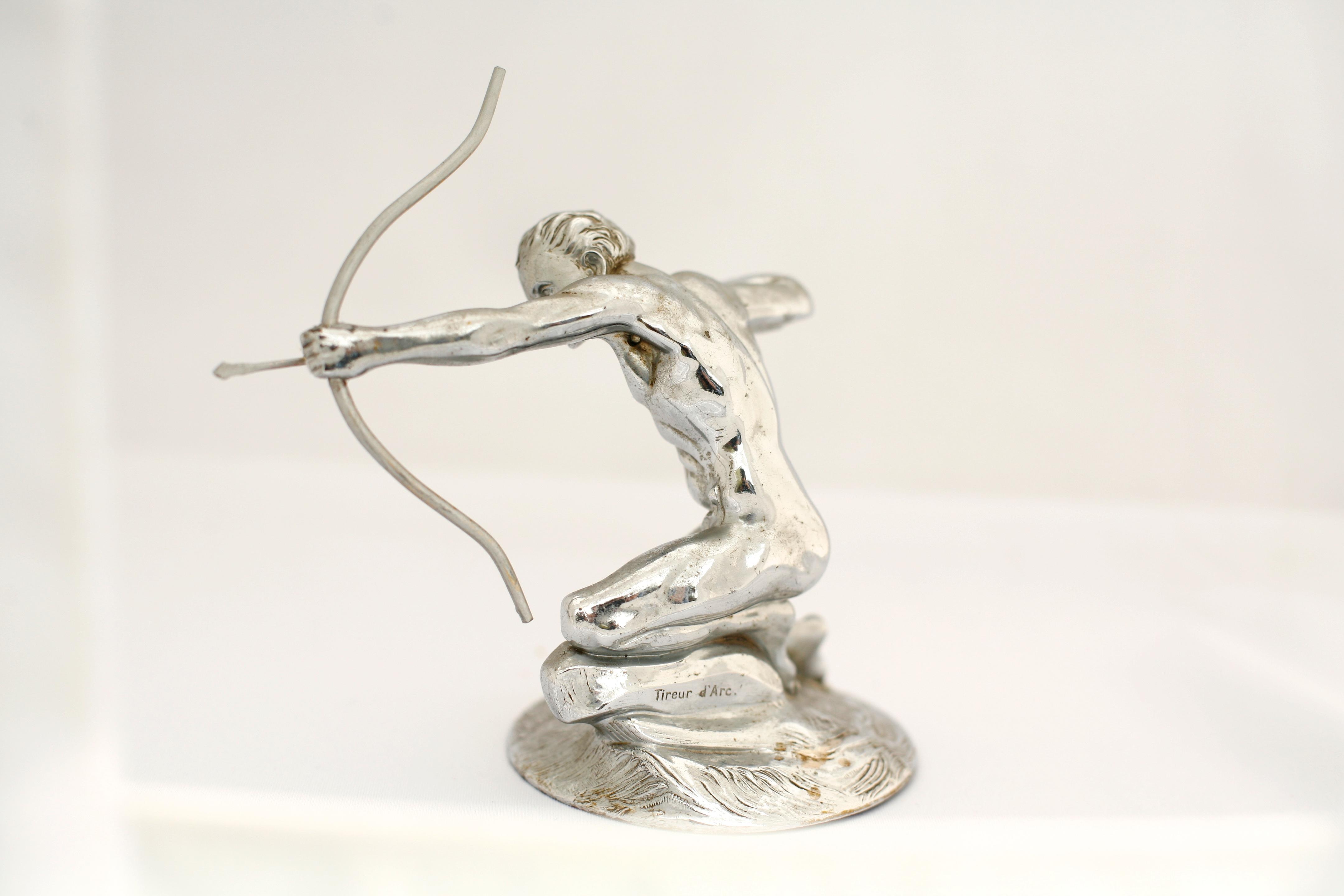
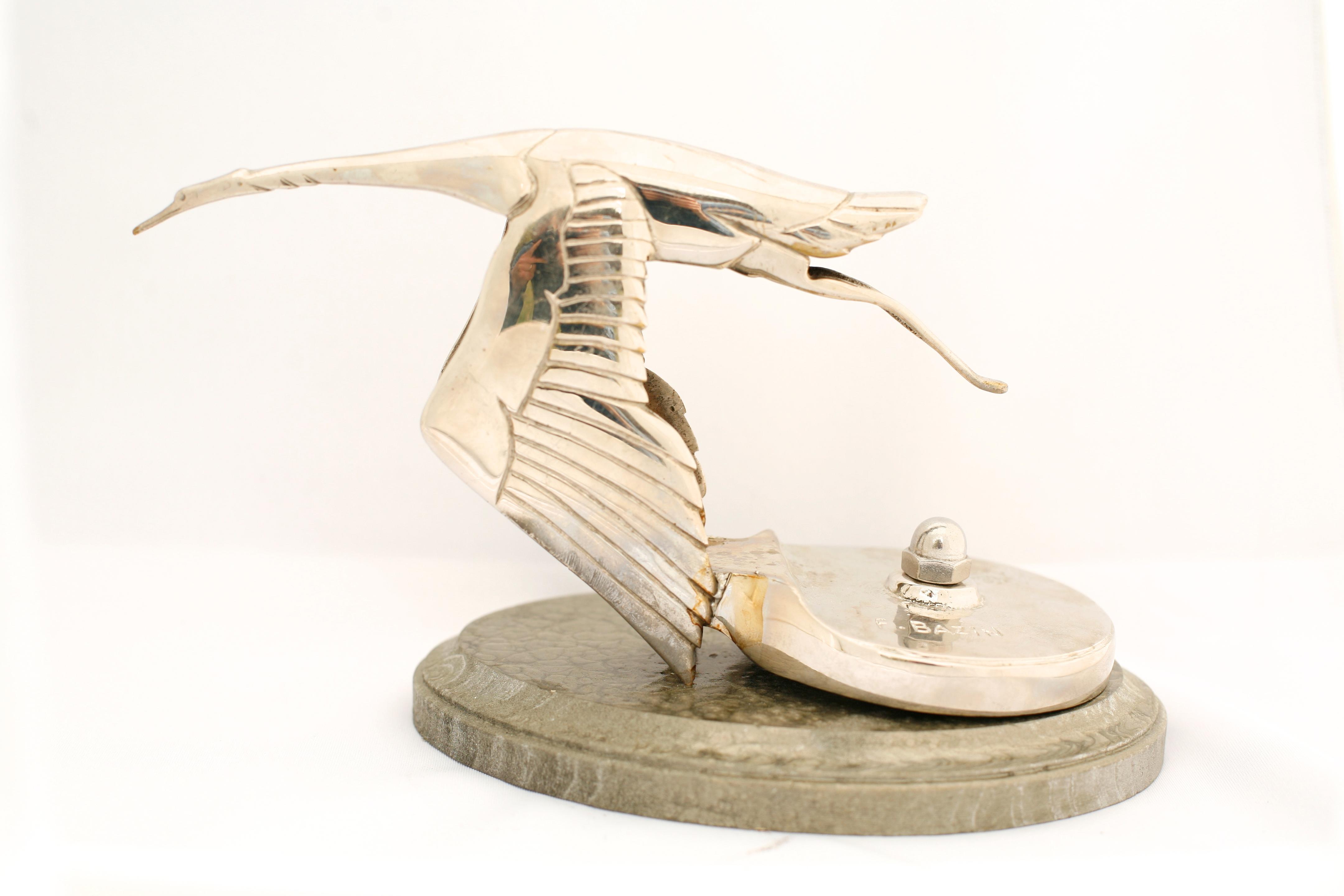
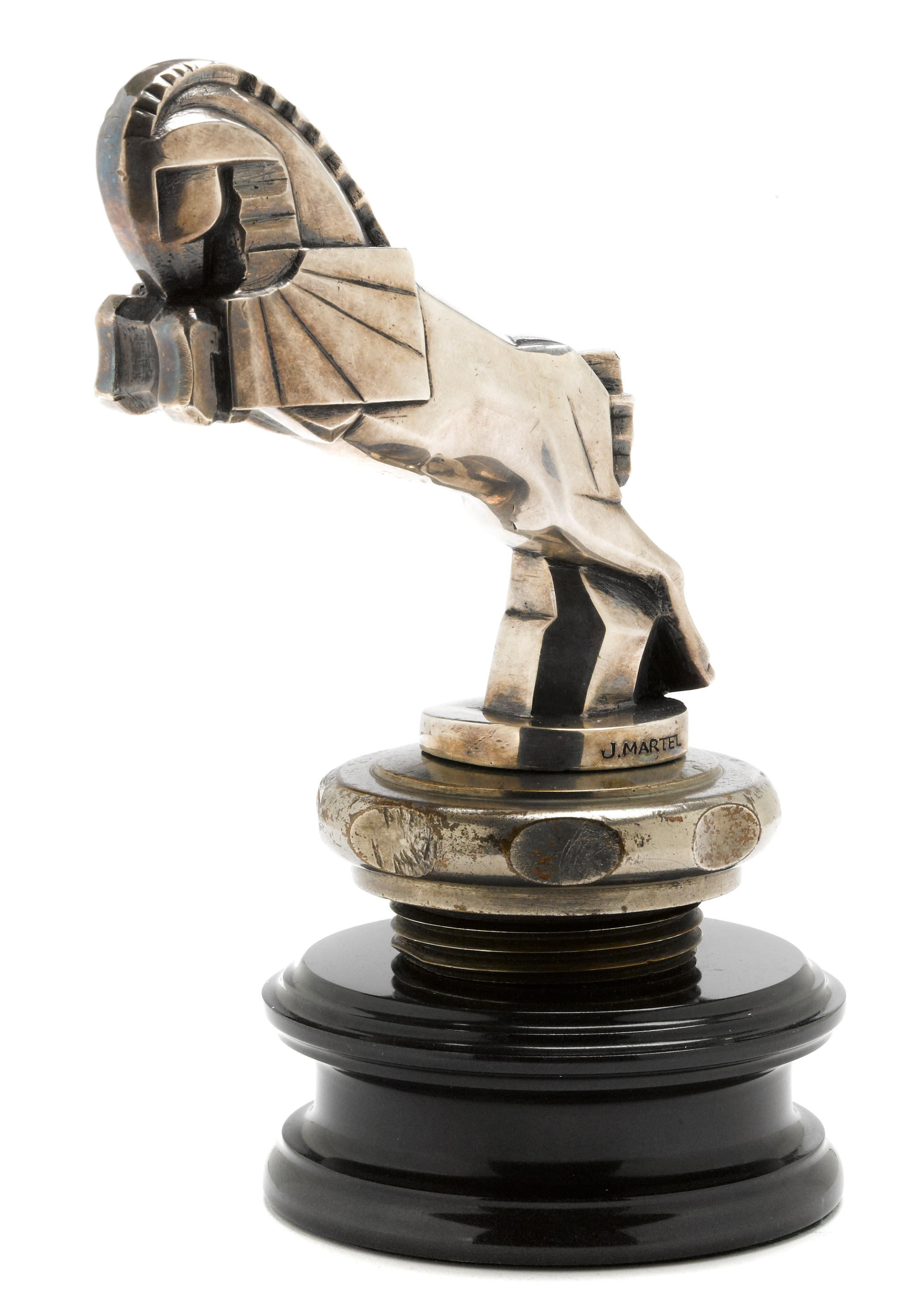
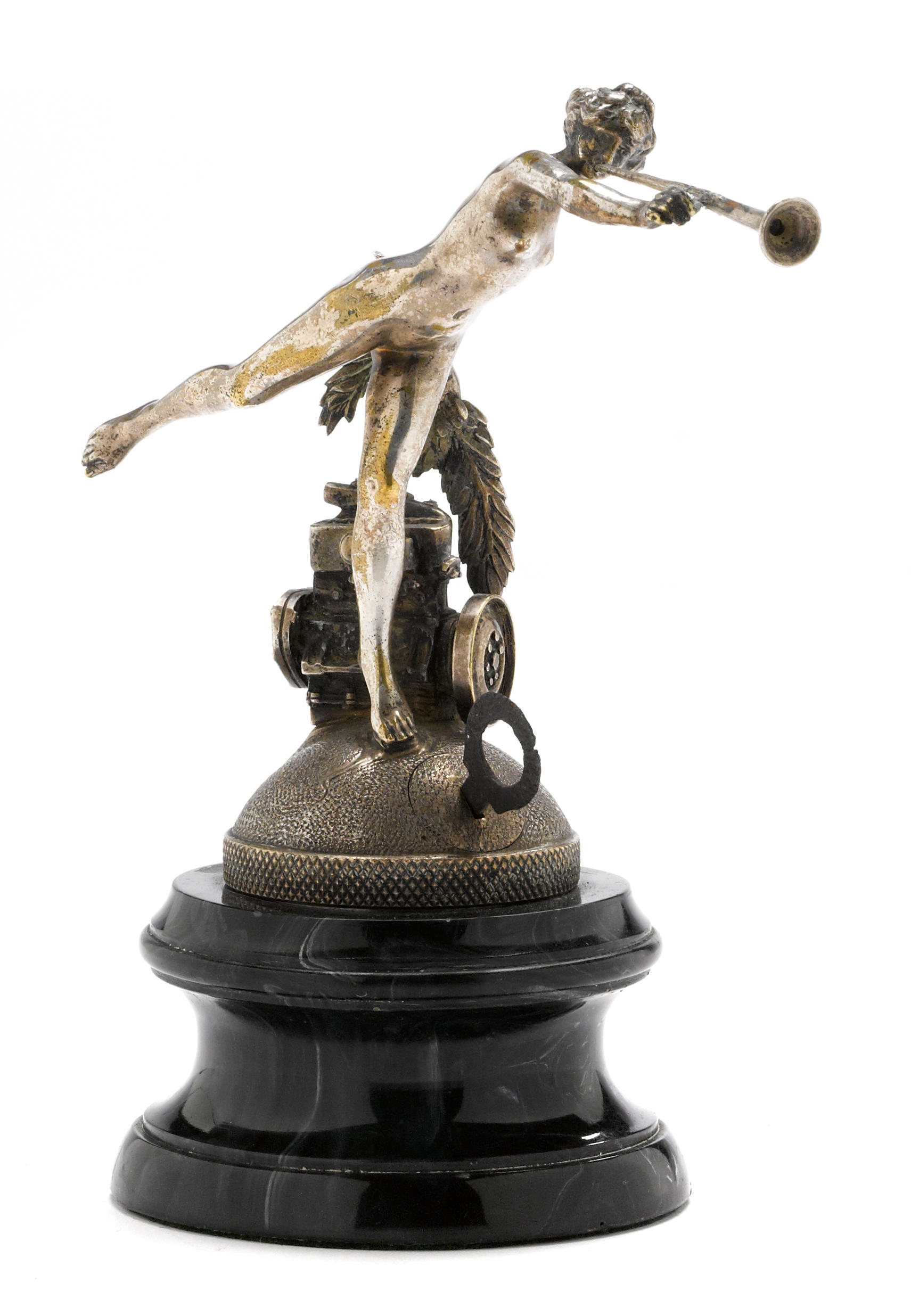
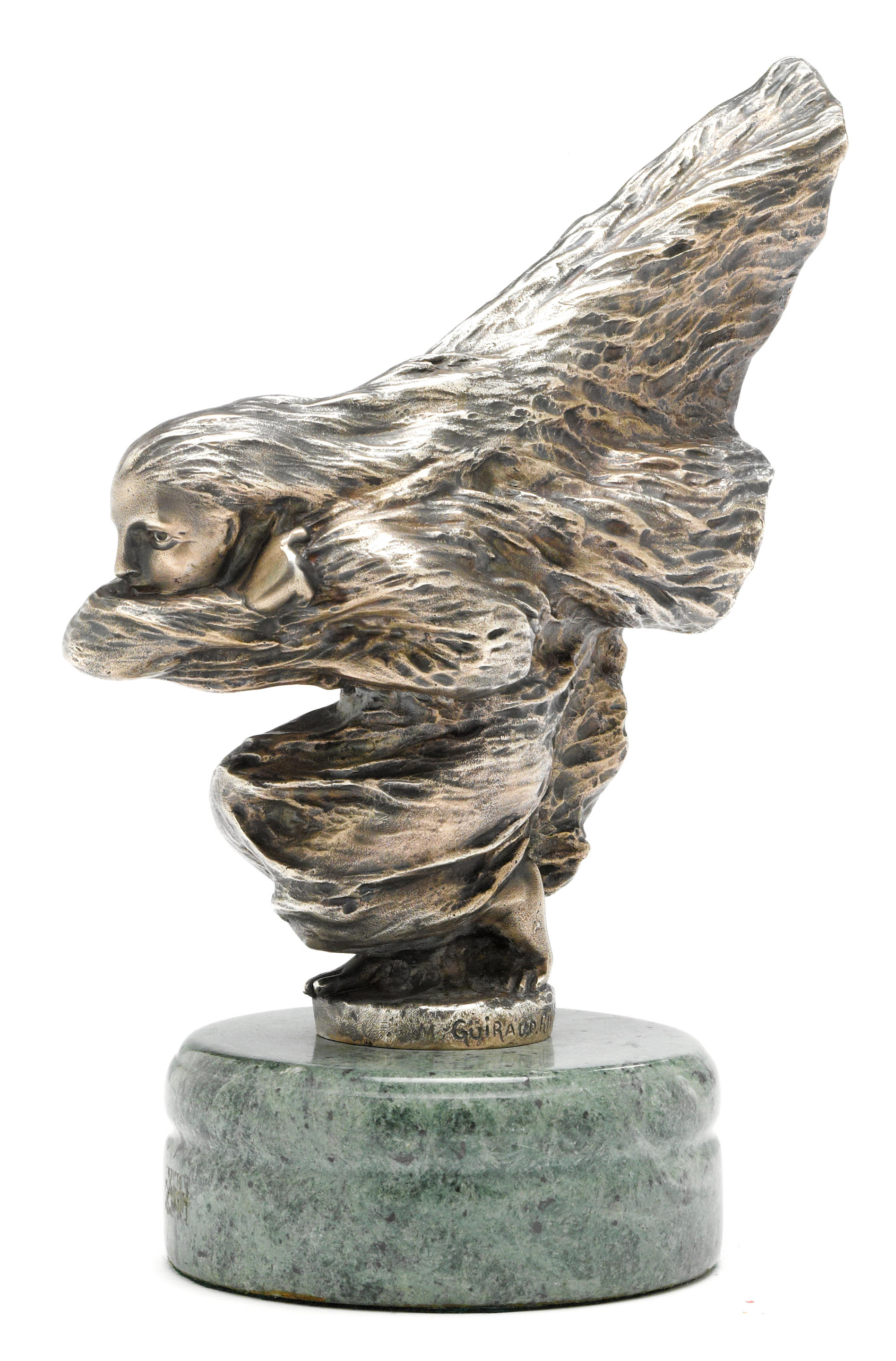
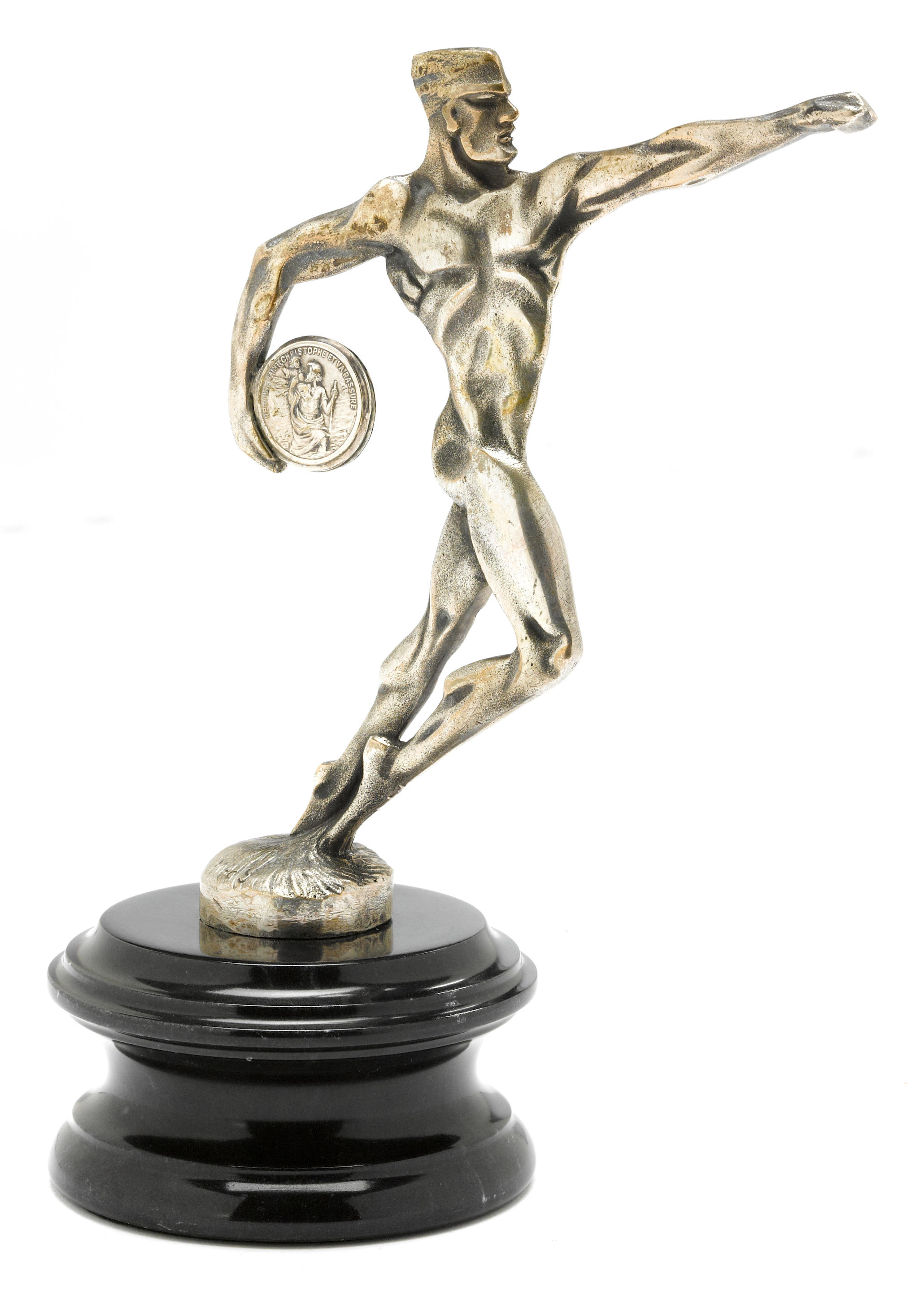
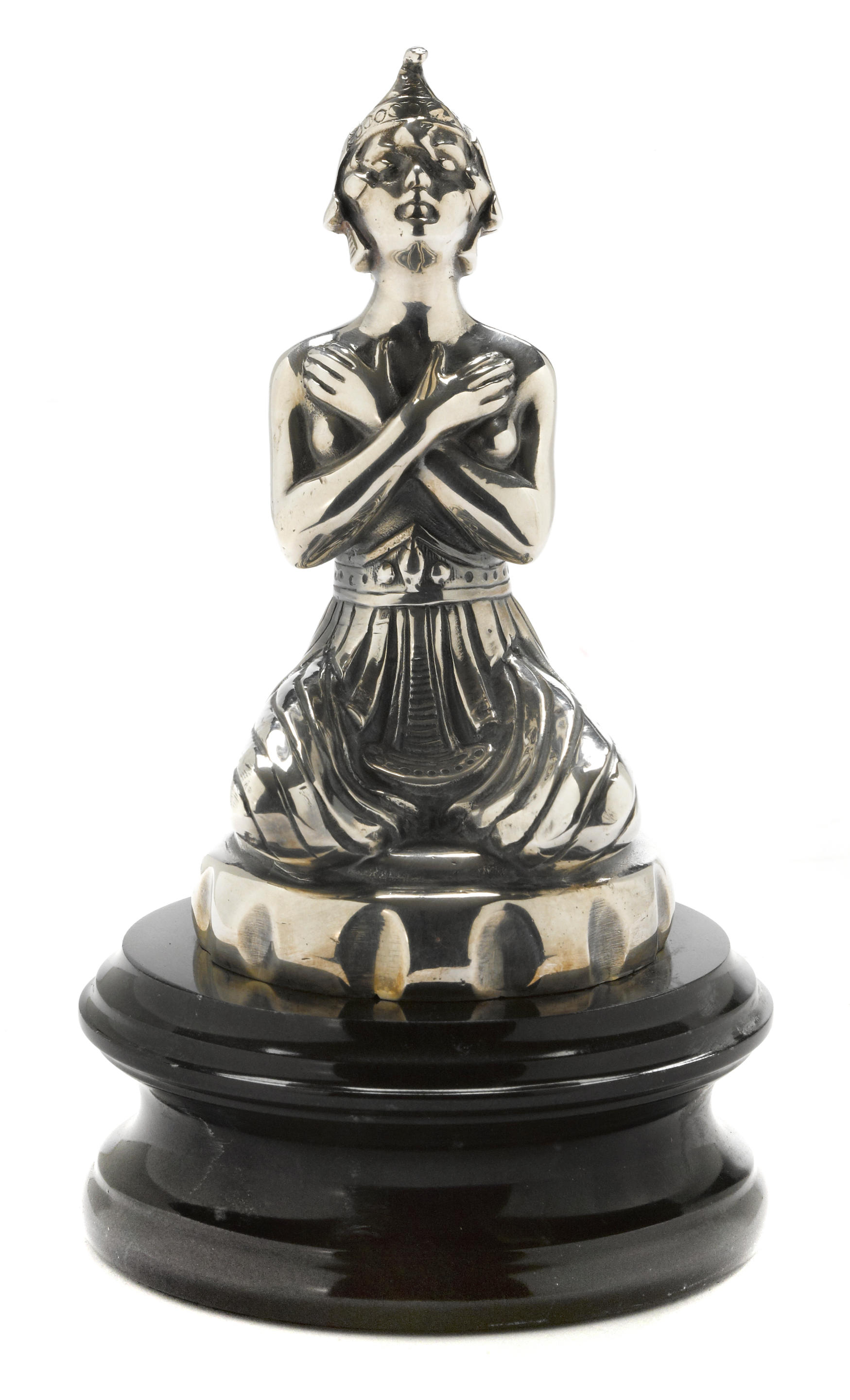

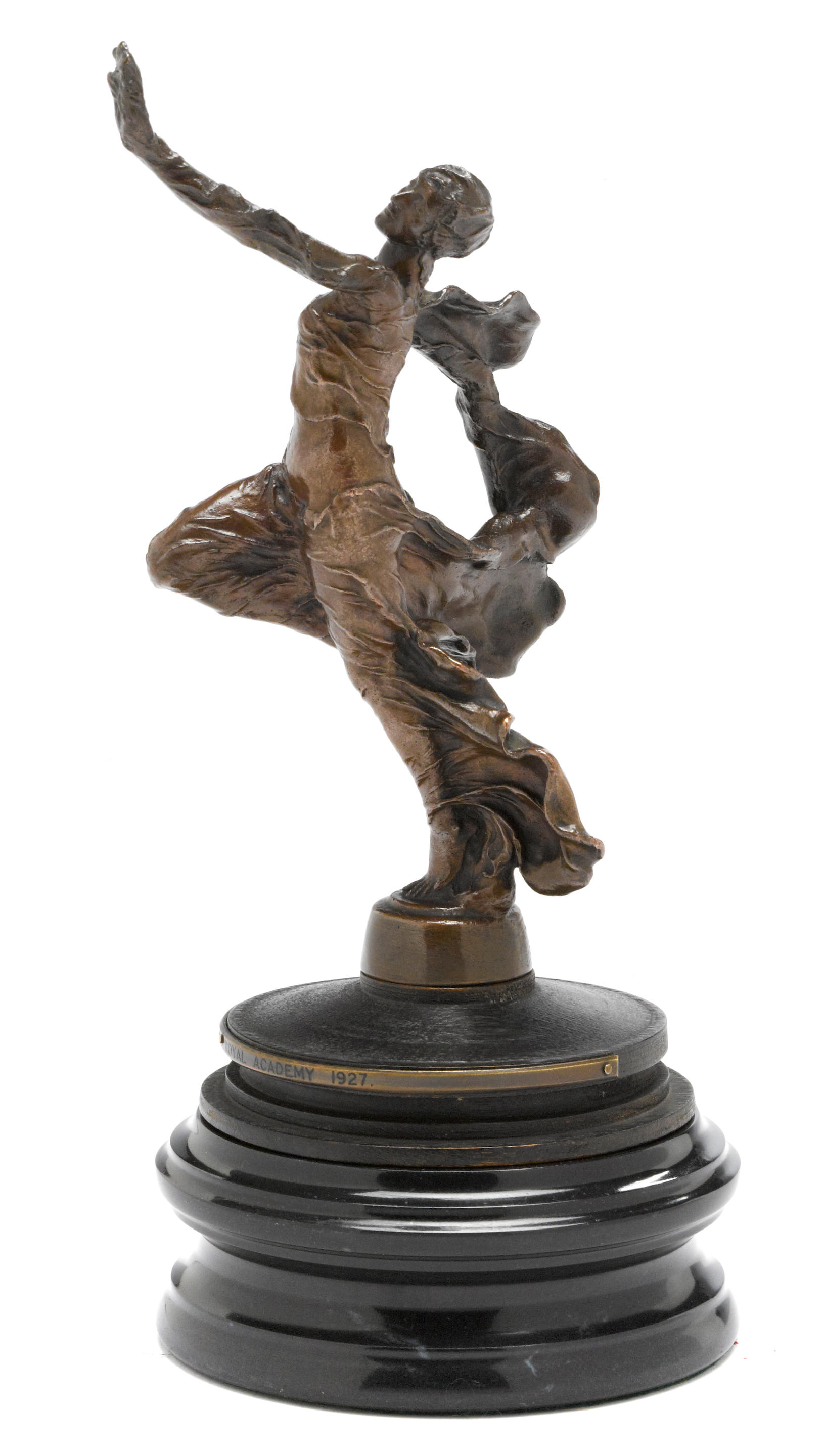
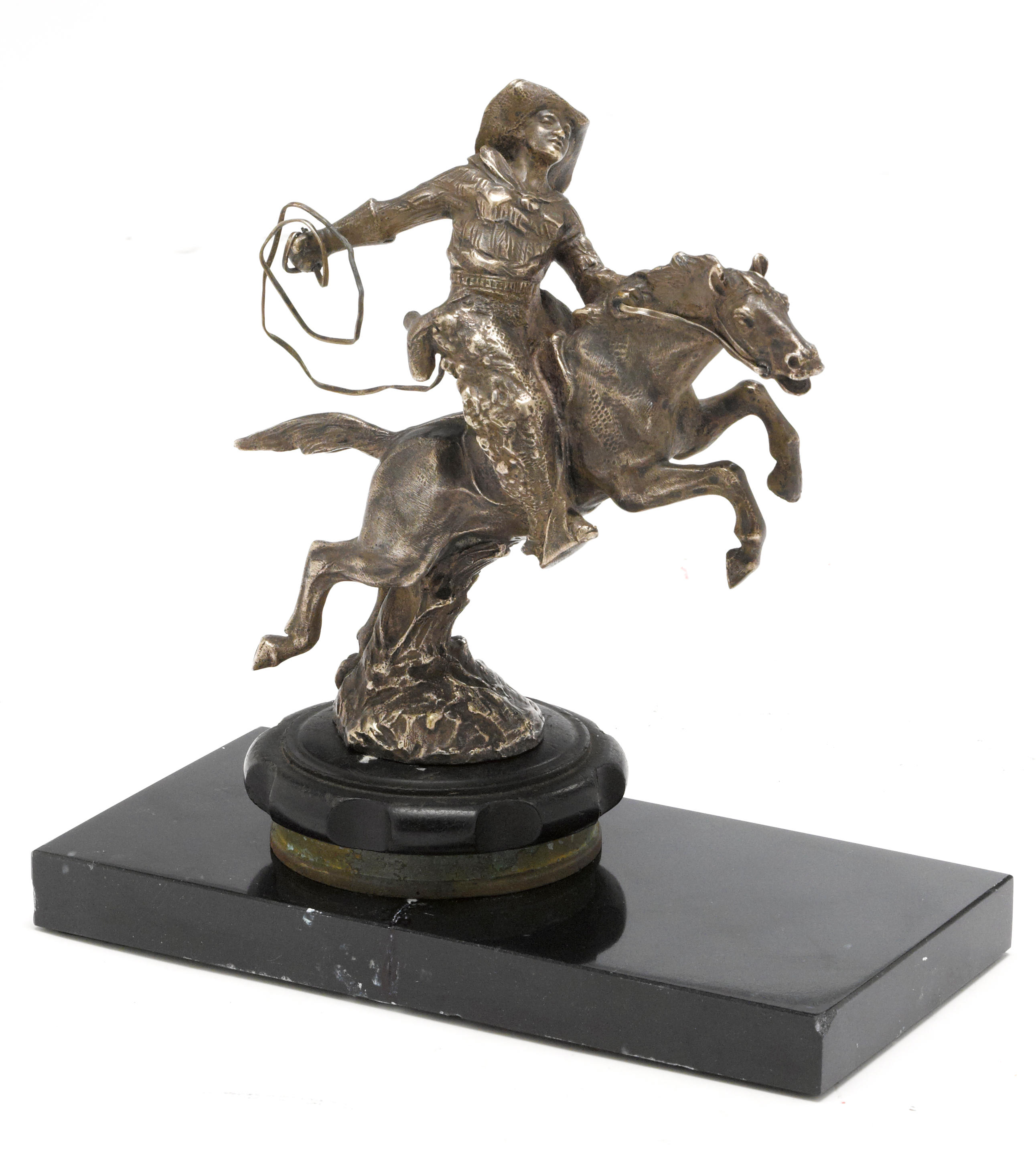
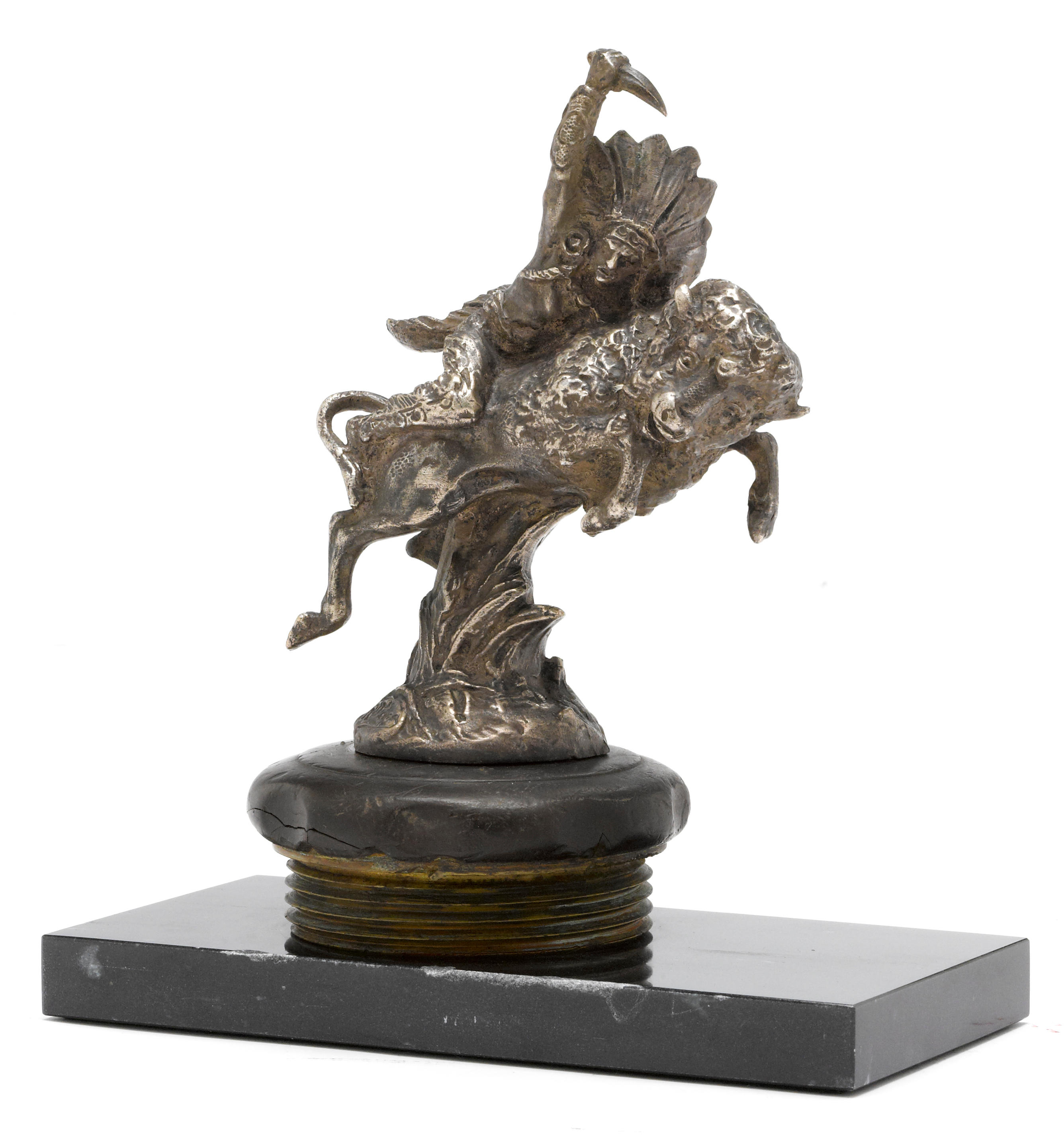
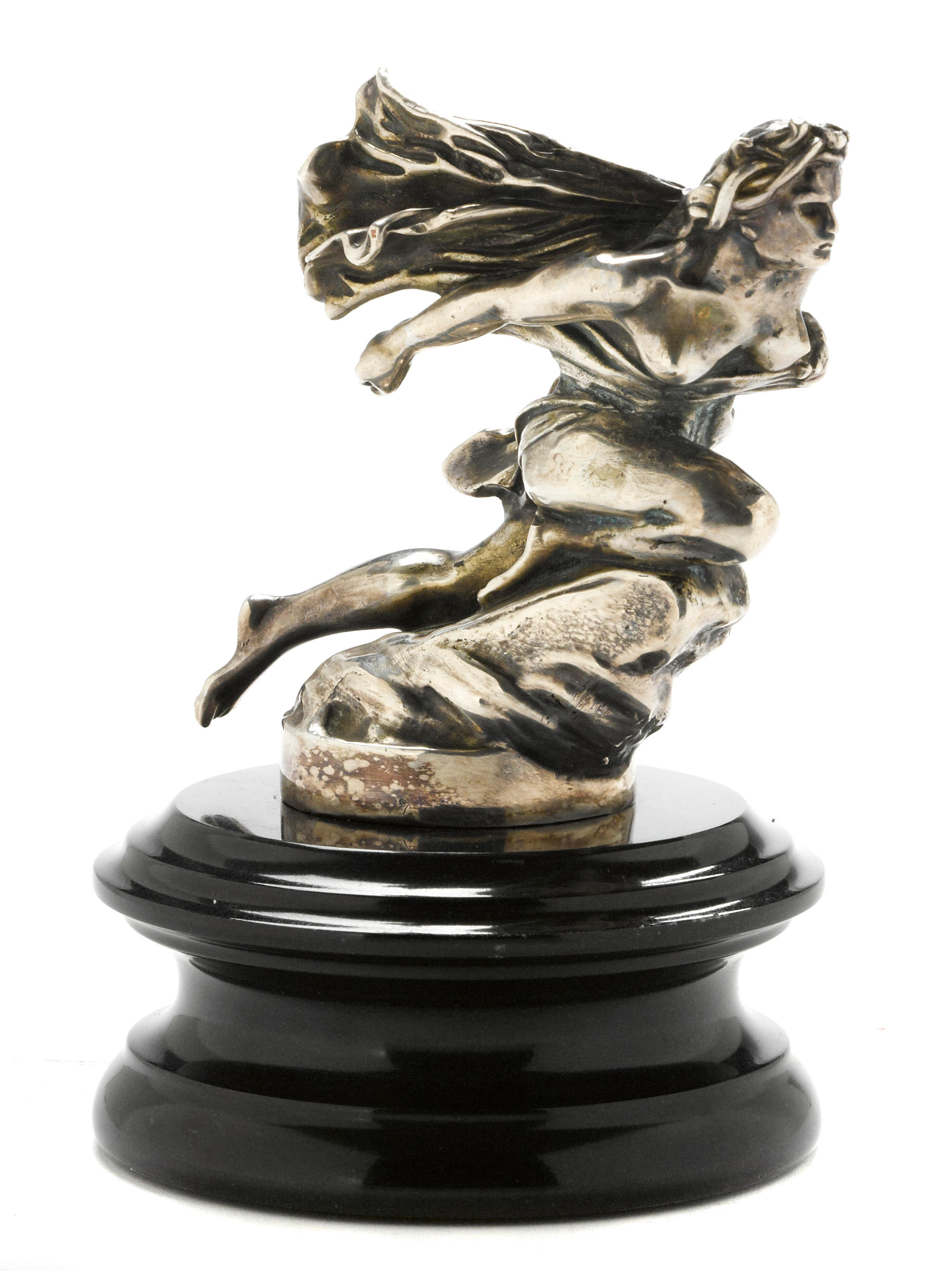


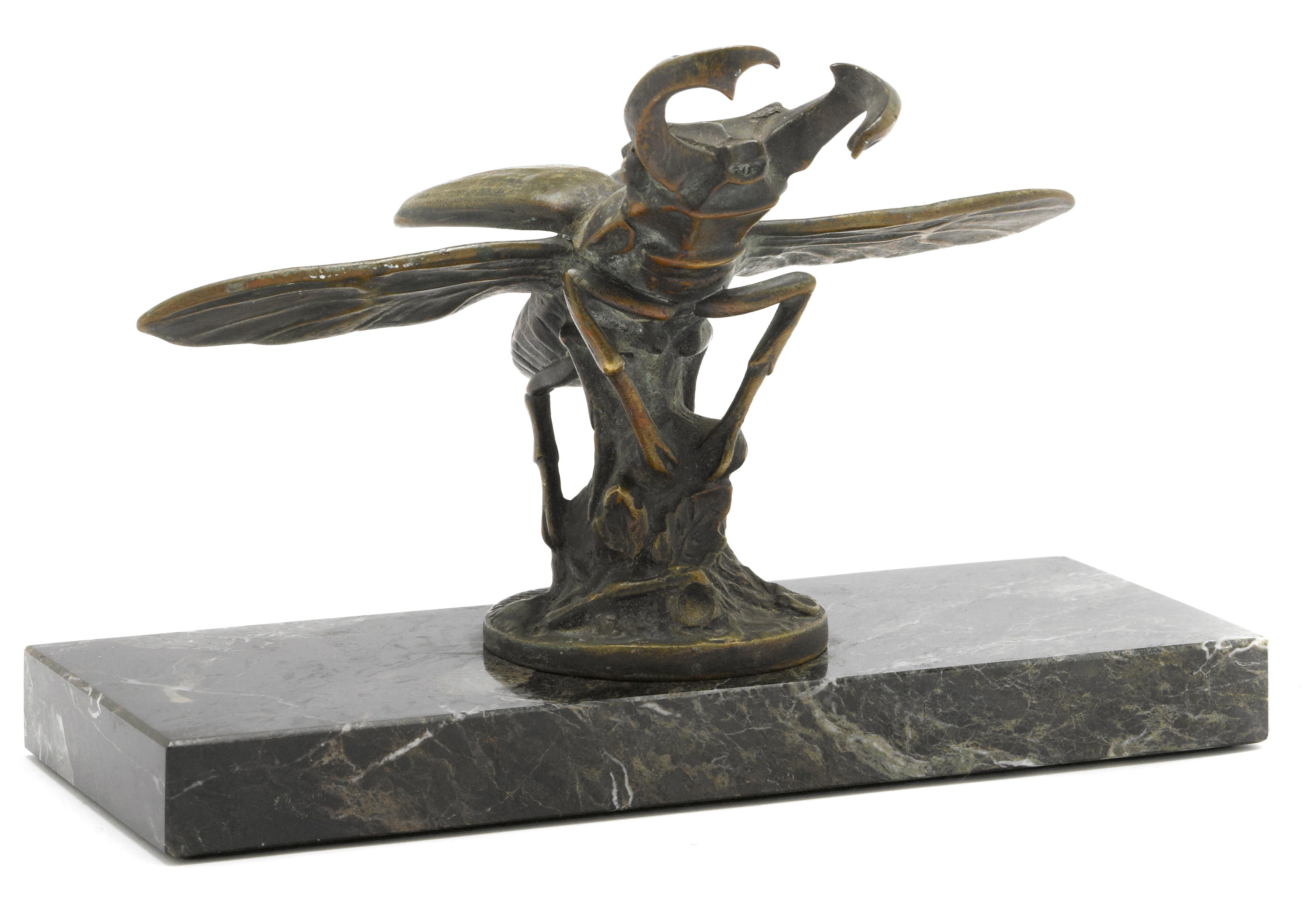
Try LotSearch and its premium features for 7 days - without any costs!
Be notified automatically about new items in upcoming auctions.
Create an alert